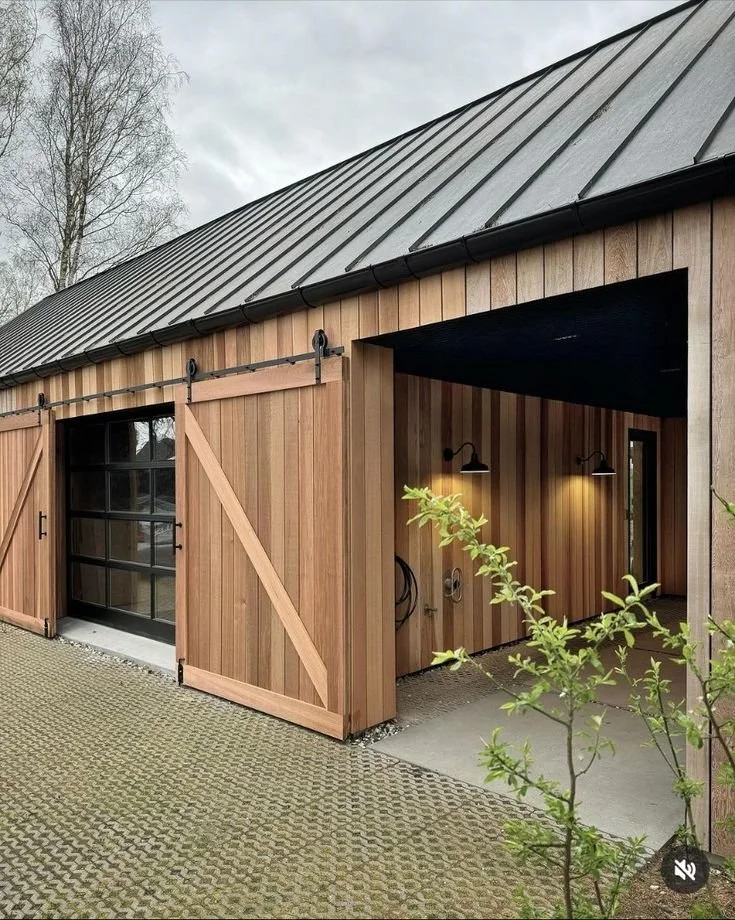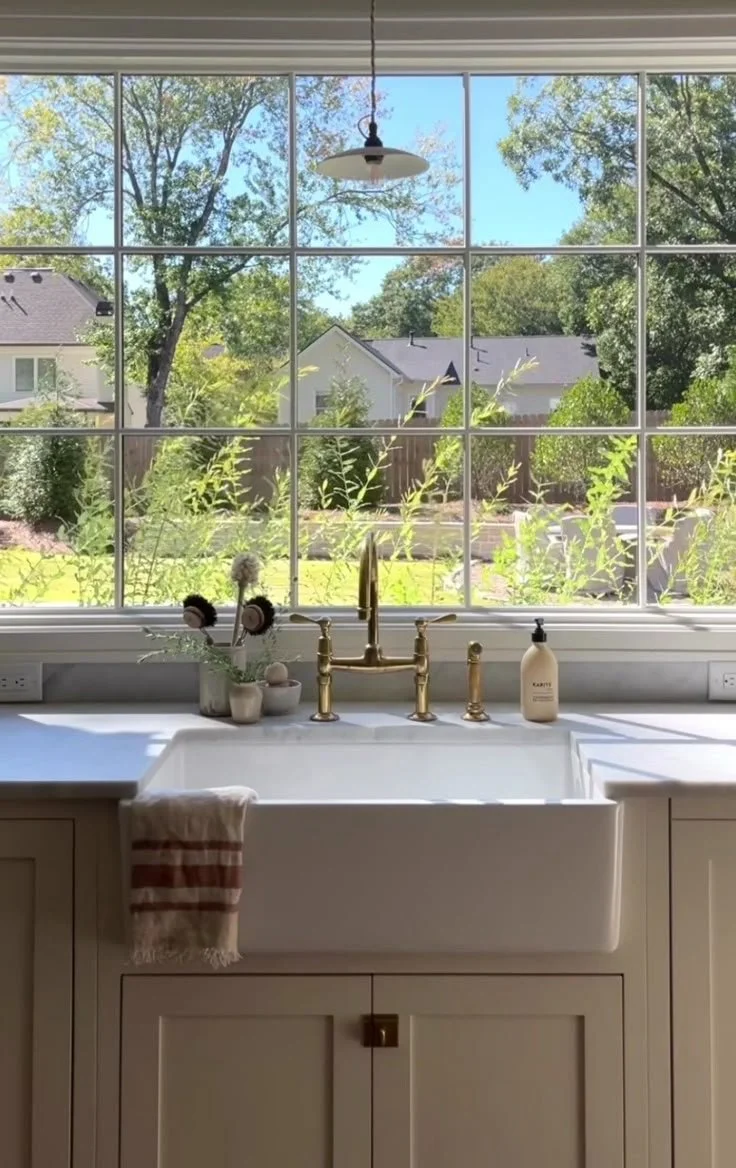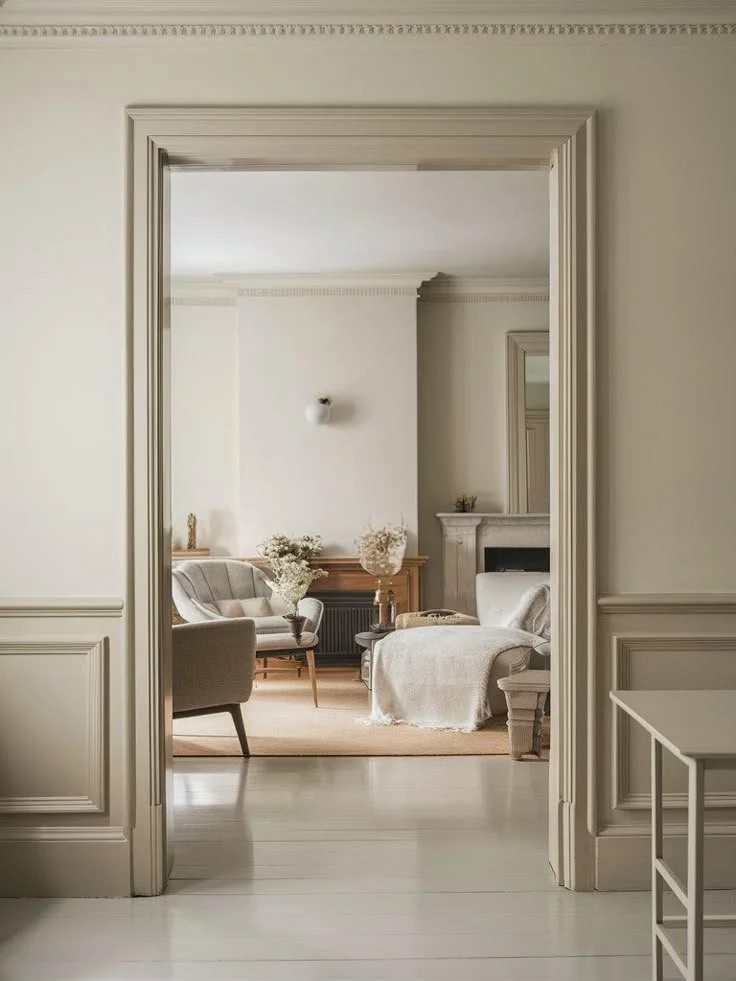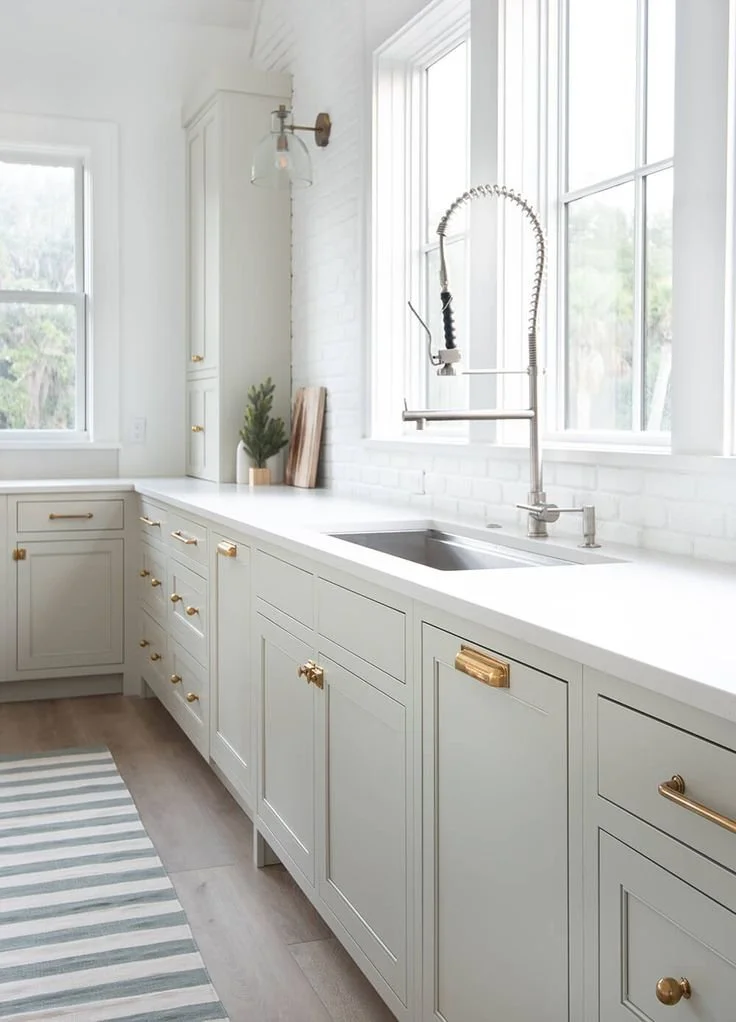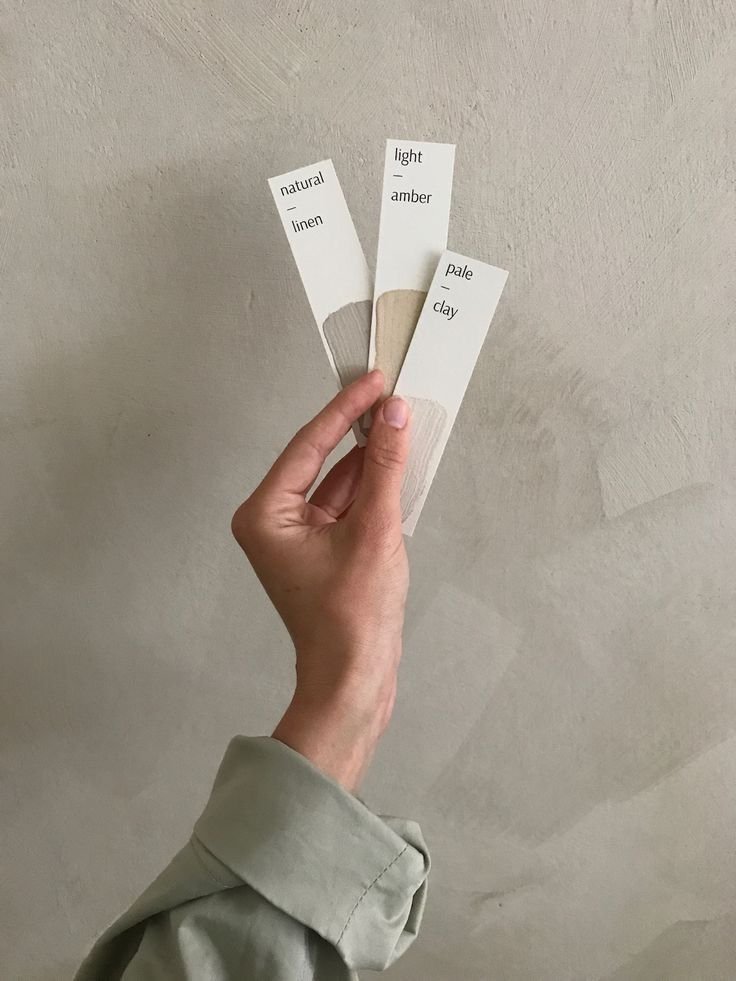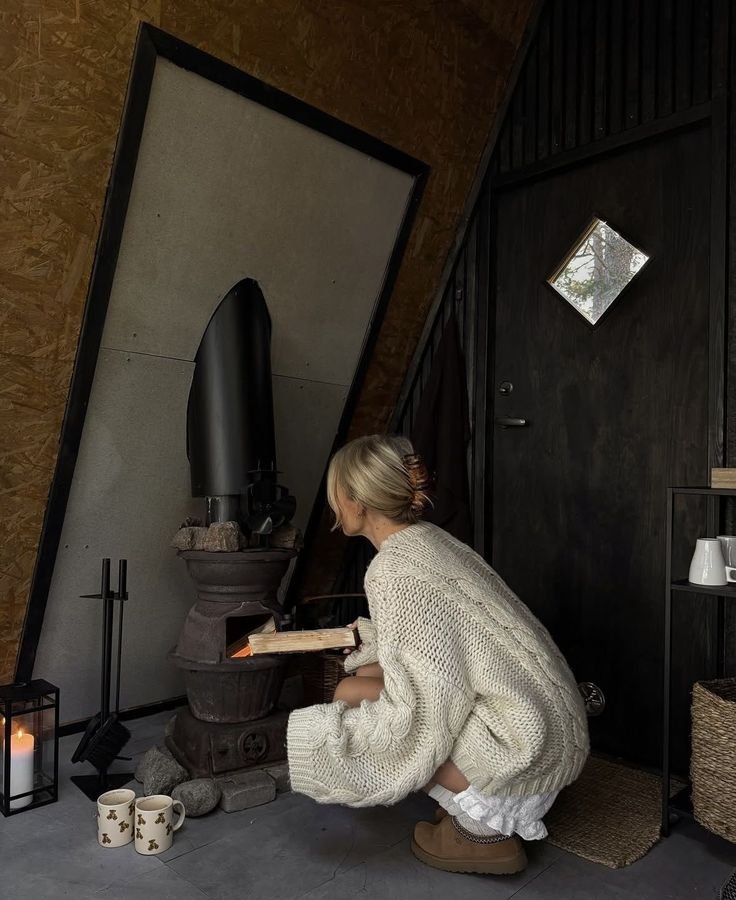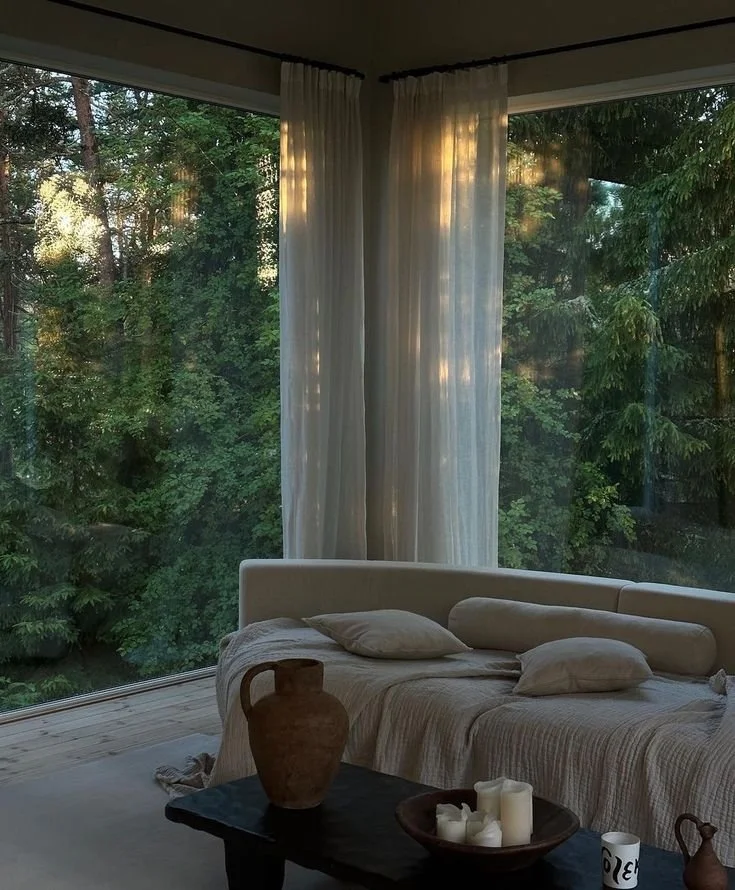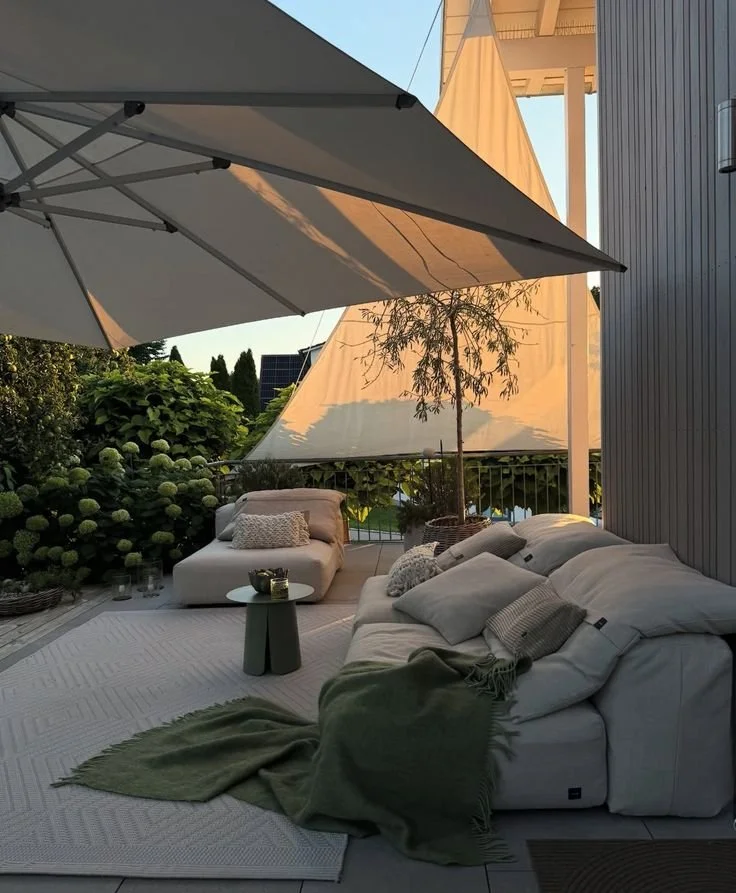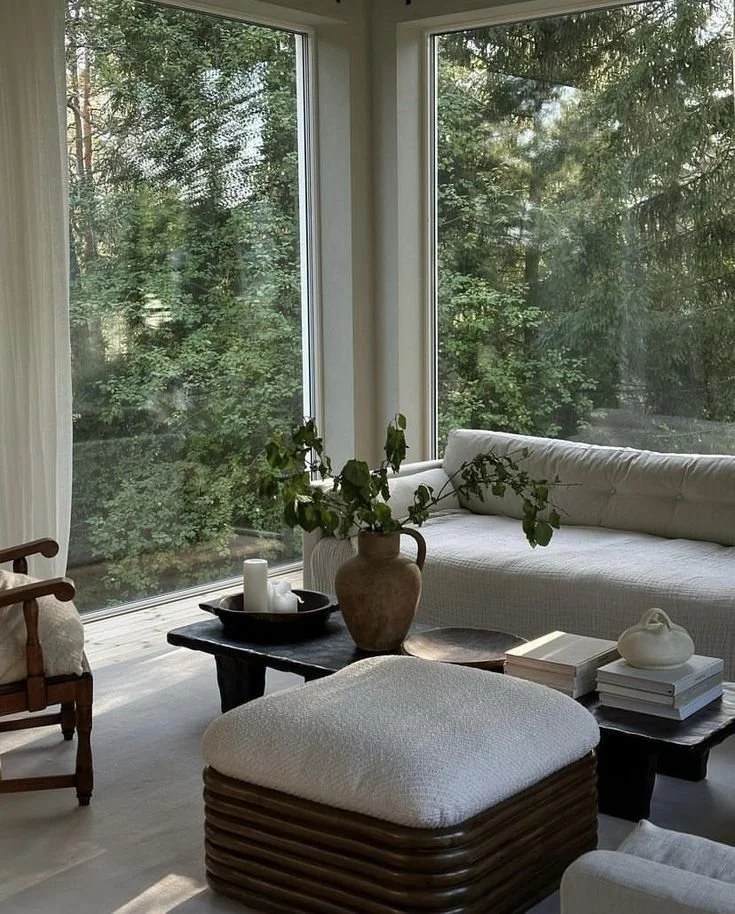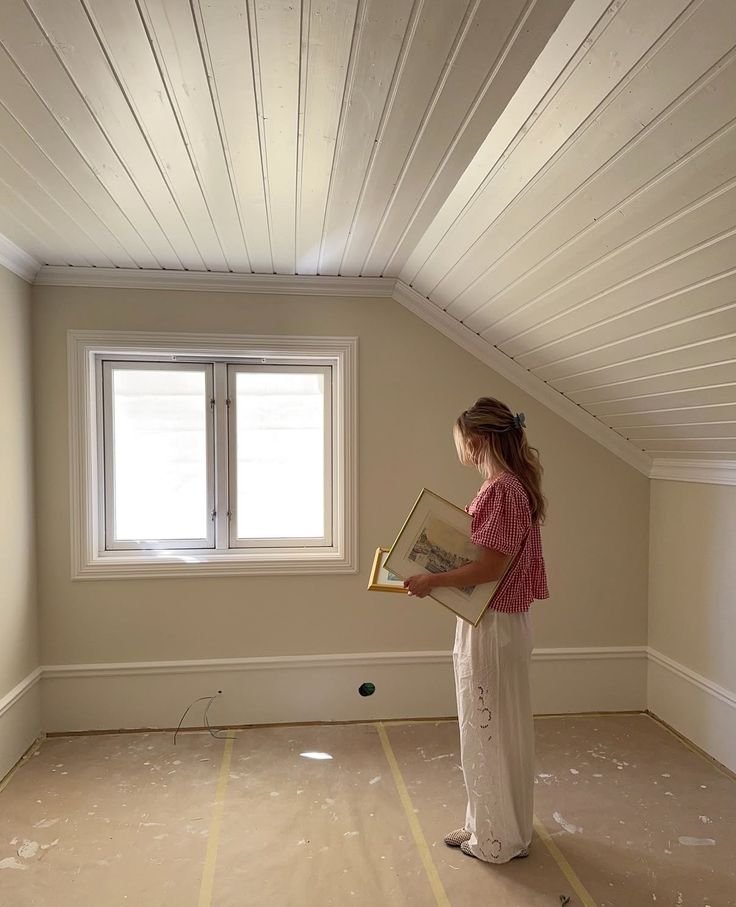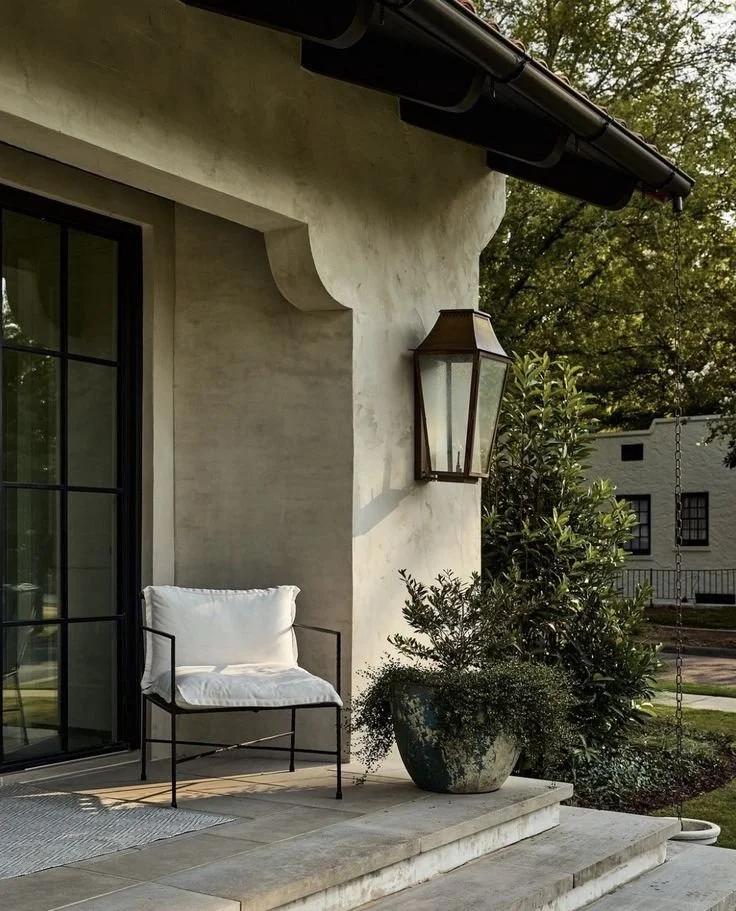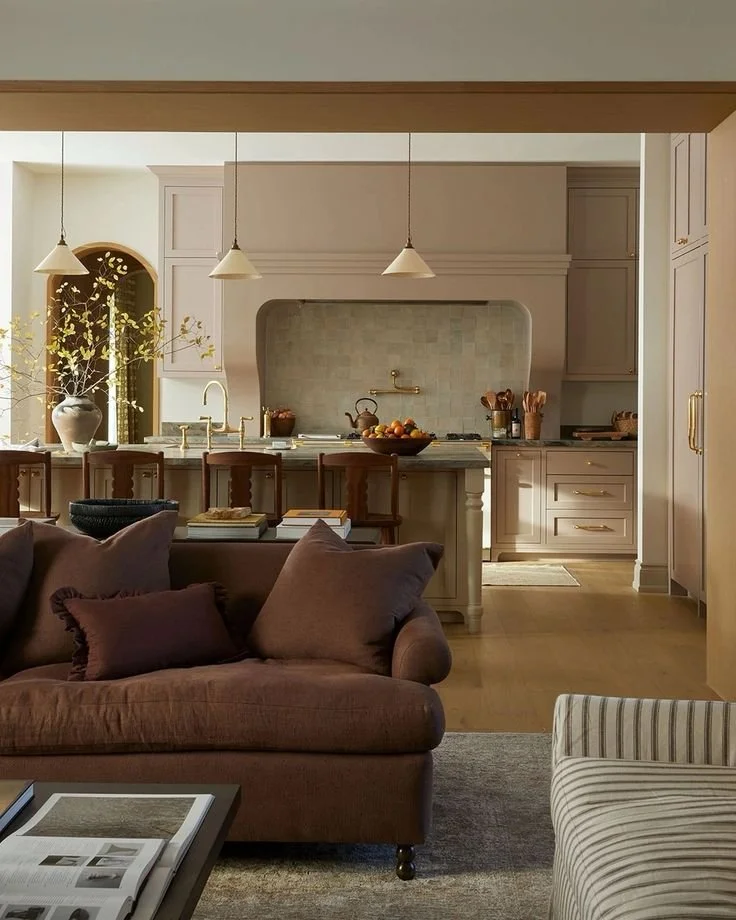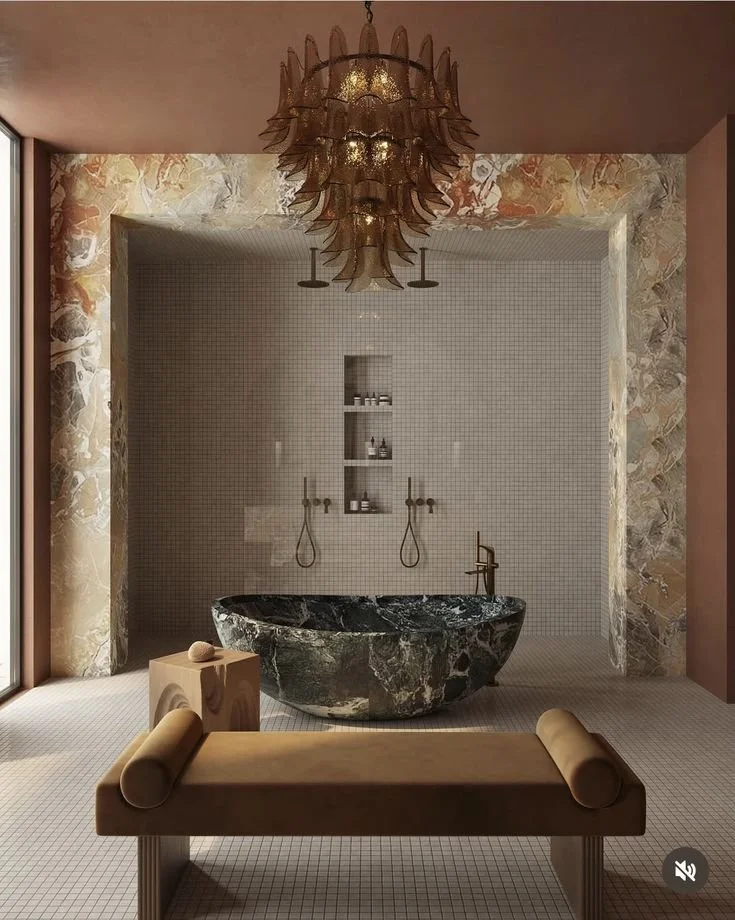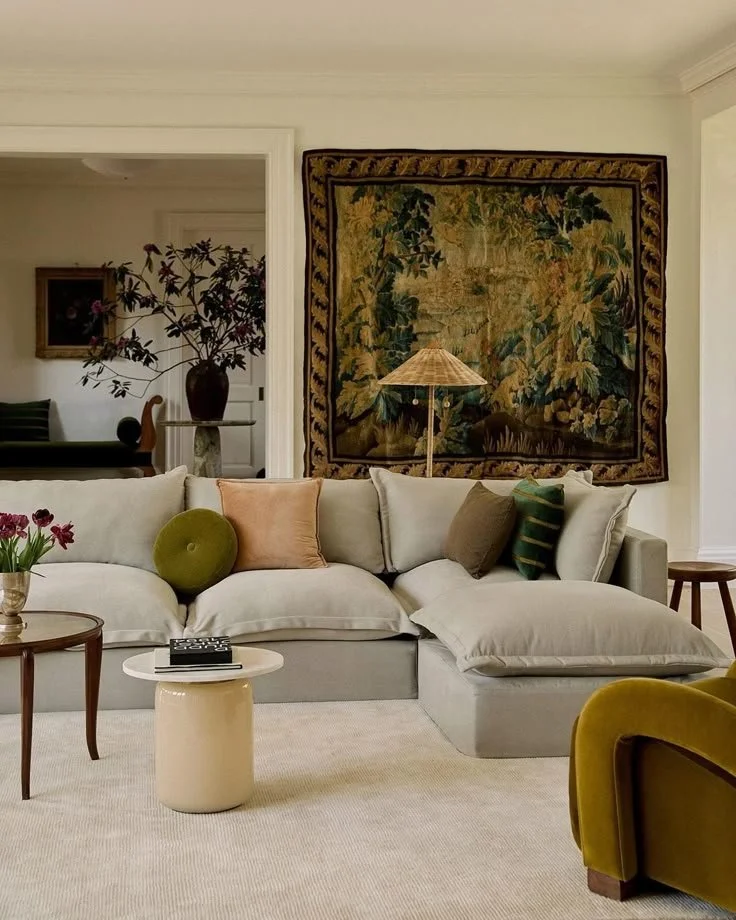Subtle Shifts For A Healthier, More Harmonious Space
Creating a space that nurtures your well-being doesn’t always require a complete renovation or a hefty investment. In fact, some of the most impactful changes come from small, intentional adjustments that enhance the way your environment looks, feels, and functions. Whether at home or in the workplace, the atmosphere you cultivate plays a crucial role in your physical and mental health.
From rethinking your layout to improving air quality, these practical and accessible ideas can help you create a more balanced, refreshing, and health-conscious space. In this article, we share eight effective ways to bring harmony and wellness into your surroundings—one subtle shift at a time.
No. 1
Rethink Layout with Purpose
One of the quickest ways to improve your environment is by reassessing the layout of your space. Furniture placement impacts not only movement but also the flow of energy. Aim for openness and accessibility by clearing pathways, allowing natural light to move freely, and keeping essential items within easy reach.
Avoid pushing all furniture against the walls. Instead, arrange seating to encourage conversation and connection. In workspaces, prioritize ergonomic setups that reduce strain and promote comfort. These simple adjustments can significantly enhance both the functionality and the feeling of your space.
No. 2
Eliminate Visual Clutter
Visual clutter can be just as stressful as noise. A disorganized space often leads to decreased productivity and increased anxiety. Start small—tackle one drawer, shelf, or surface at a time.
Use minimalist storage solutions like woven baskets, concealed drawers, or vertical shelving to open up your floor space. The goal isn’t sterile minimalism, but thoughtful organization where every item has a purpose and a place.
No. 3
Prioritize Clean, Fresh Air
Air quality is a silent but powerful influence on your health. Poor indoor air can affect sleep, concentration, and respiratory function. Let fresh air in by opening windows when possible, and introduce air-purifying plants like snake plants, peace lilies, or spider plants.
If you live in an urban setting or rely on climate control, consider upgrading your system. One effective solution is a water cooled air con system, which not only saves space and energy but also operates more quietly and efficiently than traditional air-cooled units. It’s a smart and sustainable way to improve indoor air quality.
Smell Away
Say goodbye to stubborn odors with the Smell Away® Odor Neutralizing Machine! Perfect for homes, it eliminates pet smells, cooking odors, dampness, and more—leaving your space fresh and inviting.
Shop now for cleaner, healthier air!
No. 4
Use Lighting to Set the Mood
Lighting shapes the mood and energy of a room. Use layered lighting—ambient, task, and accent—to create depth and flexibility. Warm, dimmable bulbs are ideal for relaxing areas like bedrooms, while cooler tones work well in kitchens and offices.
Maximize natural light with sheer curtains and reflective surfaces. Mirrors can also help by bouncing light into darker corners, making your space feel brighter and more expansive.
No. 5
Incorporate Natural Elements
Bringing nature indoors is a timeless way to restore balance. Natural materials like wood, stone, wool, and cotton add warmth and texture while grounding your space.
Swap synthetic rugs for jute or wool, or add wooden accents like stools or shelves. Living elements—plants, flowers, or a small herb garden—can boost oxygen levels, lift your mood, and make your space feel more alive.
No. 6
Pay Attention to Color Psychology
Color has a profound impact on our emotions. Subtle changes in wall color, textiles, or artwork can shift a room’s energy. Blues and greens promote calm, making them perfect for bedrooms or meditation spaces. Warm tones like mustard or terracotta add energy to communal areas.
You don’t need to repaint an entire room. A few carefully chosen cushions, throws, or rugs can transform the atmosphere.
No. 7
Mind the Acoustics
Noise pollution is a common stressor, especially in open-plan homes or urban apartments. Reduce unwanted sound with soft furnishings—curtains, rugs, and upholstered furniture absorb noise and soften acoustics.
Soundproofing panels or white noise machines can help create a more peaceful environment. You can also introduce calming sounds like gentle music, wind chimes, or water features to enhance relaxation.
No. 8
Make Space for Stillness
Even in a busy household or office, carve out a small area for stillness and reflection. This could be a reading nook, a meditation cushion by the window, or a bath area with candles and calming scents.
Having a designated space for quiet moments can be incredibly grounding and restorative, helping you reconnect with yourself amidst the noise of daily life.
Takeaways
In the pursuit of a healthier, more harmonious life, remember that transformation doesn’t always require dramatic change. Often, it’s the small, thoughtful shifts—like decluttering a shelf, introducing a houseplant, or upgrading to a water-cooled air con system—that have the most lasting impact.
These subtle adjustments not only improve the aesthetics and functionality of your space but also support your physical and emotional well-being. Over time, they create an environment where you feel more grounded, calm, and connected.
Start small, stay intentional, and watch your space—and your life—transform.
Looking for Home resources?
Looking to enhance your living space and create a sanctuary that supports your well-being? Explore our home partners who offer a wide range of resources to elevate your home environment.




